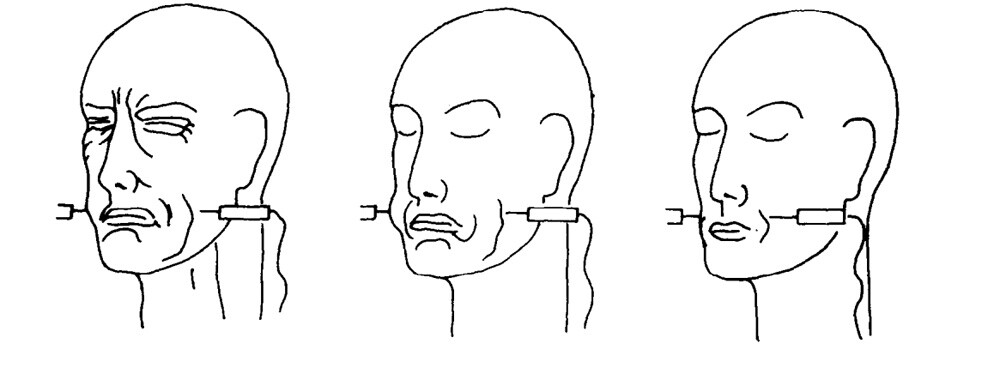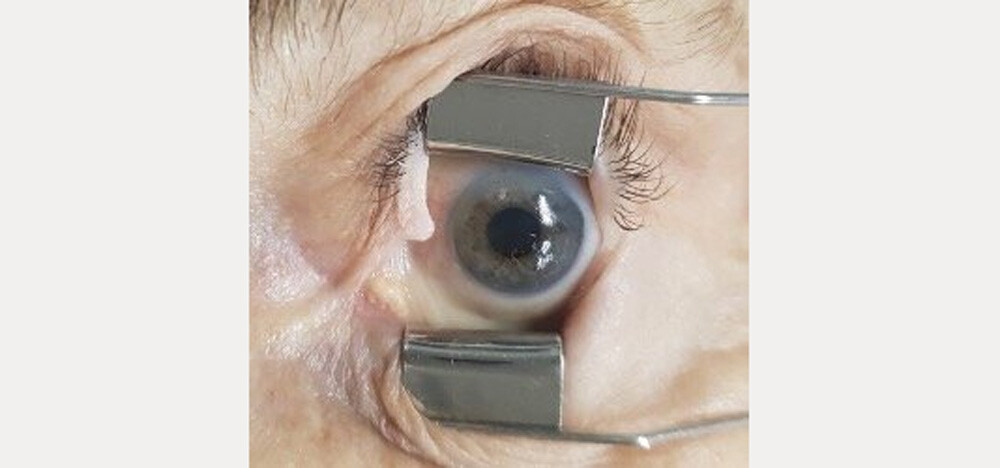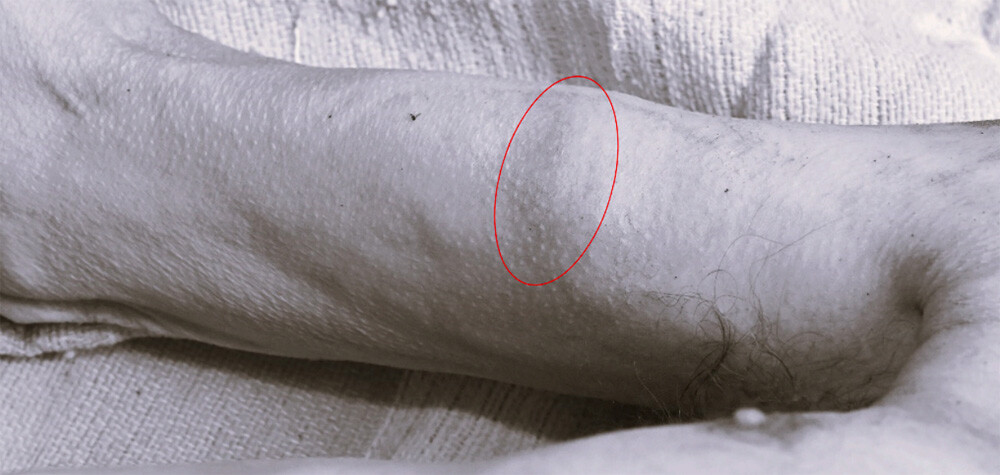We’ve found a corpse, and it’s your job to determine the time of death. How do you do it?
They weren’t wearing an analog watch that conveniently shattered at the relevant moment, and they also weren’t wearing a smart watch that broadcast their heartbeat to the surveillance team at Apple. You’re going to have to analyze the body yourself, and that’s going to mean getting up close and personal.
See How Warm It Is Up the Butt
The main way to guess a recently dead corpse’s time of death, for the past century and a half, is called algor mortis. The phrase means “the chill of death,” which is so awesome that it’s baffling that it hasn’t become part of everyone’s vocabulary, the way rigor mortis has. You can try measuring the temperature of the corpse’s skin, but we’ve discovered this is unreliable. There are only two spots we can depend on: the center of the brain and the rectum.
Don’t Miss
A simple equation tells you how many hours the subject has been dead. It’s called the Glaister equation, and you subtract the rectal temperature from the mean human body temperature, and you divide the result by a constant: 1.2 if you’re calculating in Celsius and 1.5 if you’re doing Fahrenheit. But like most simple equations, it’s just a starting point, and we can do better.
A more complex formula takes into account the ambient temperature and a separate constant that it took a lot of experiments to figure out. This constant is the corpse’s weight raised to the power of -0.625, multiplied by -1.2815, and then you add 0.0284.
Experts suggest taking the rectal temperature using a thermometer, rather than using your finger or any other body part.
Electrocute the Face
The longer the body has been dead, the less its parts are able to react to stimuli, so the extent of these reactions reveal how much time has passed. There are several different types of stimulus you can try, and the first we’ll describe is electrical excitability. That means how much muscles move around when you shock them. Scientists first tried this back in the 18th century, possibly in a quest to bring the dead back to life.
Unlike temperature, we don’t have an objective measure of how much muscles move when you shock them. The medical examiner has to just look at the muscle moving around and make their own judgment about how strong that is. For that reason, though you can try shocking any muscles, the preferred ones are in the face. We’re great at perceiving tiny movements in facial muscles (otherwise known as “expressions”).

So, stick electrodes into the body’s face, in the sides of the mouth perhaps or into the eyelids. Stick them a centimeter deep, and try applying 30 volts, maybe 50. Then, it’s up to your own subjective judgment to decide whether the resulting movements count as fibrillar twitching, a mild contraction or contraction of the whole mimic muscles.
If the corpse does completely return to life, increase the voltage until the natural order is restored.
Needle in the Eyeball
One muscle in the body remains sensitive to stimuli longer than any other. It’s the smooth iris muscle that controls your pupil, and after the face stops contorting when shocked, the iris will continue to respond — to drugs.
Since the eyes of a corpse tend to be closed, the first step here is to prop them open, using what we promise are not razor blades:

Now you must administer the drugs. Perhaps you can drop a liquid solution of phenylephrine onto the eyeball. Or perhaps you’ll turn to norepinephrine or acetylcholine, in which case you should take a needle and inject the chemical under the eyelid’s conjunctiva lining. Measure the changes in the size of the pupil, using a dedicated tool called a pupillometer. The iris muscles may take 20 minutes to respond.
If the pupil changes in size by half a millimeter, this indicates that the body has been dead less than 26 hours. If the iris changes color, and it now takes on the appearance of your own eye, beware: That means a switch has taken place, and your own body is now being controlled by the departed.
Whack the Biceps With a Hammer
The third type of stimulus that dead muscles might respond to — in addition to electrical and pharmacological — is mechanical. You know how whacking a knee with a hammer can make you kick, because of reflexes? Muscles can also respond to a good hammering after your nervous system no longer functions.
The preferred muscles for this are the biceps and quadriceps, since they’re so nice and bulgy and often are not obscured by too much fat. Hit the bicep with a hammer, and if the body has been dead for just a couple hours, you can expect to witness a full contraction. Longer than that, up to five hours or so after death, you can expect to see an idiomuscular pad, which is a deformation of the muscle that looks like this:

That pad should soon go away. If it sticks around for 24 hours, that means the body had been dead for longer, maybe for 10 hours when you struck it. If you don’t see a pad at all, it may still be there. You just need to feel for it with your hands or cut away the skin so you can get a better look.
Count the Maggots
Eventually, the corpse will not respond at all, and none of the above methods will tell you anything. You must shift to measuring decay, and the easiest way to do that is to observe the state of the maggots on the body. If the subject died somewhere especially buggy, like Florida, you can expect the first flies to land on the body within 10 minutes. They will lay eggs, which will hatch, and then the young will feed.
We have a timeline for this. Though the flies arrive so quickly, you can expect two days to pass before they lay eggs. The flies are attracted by ammonia compounds on the skin, but they aren’t yet able to properly dine on the body. After those first days, the body’s own processes liquefy the flesh, and this — until roughly day seven — is when we see the largest number of flies and when we see larvae crawling on the corpse.

Then comes another week. The mass of the body turns into the mass of the larvae. The larvae then leave, and rather than calculating the days by counting how many maggots there are, we calculate them by counting how few remain.
Thanks to maggots, we can go on estimating how long a body’s been dead for even a month post-mortem. After that, the maggots have eaten all the flesh, and even the byproducts of decay have dried up. Dating the corpse becomes much harder from this point on. Then you realize they suddenly stopped posting to Instagram exactly 33 days ago, and maybe you didn’t need to spend so much time inhaling maggot stench.
Follow Ryan Menezes on Twitter for more stuff no one should see.

